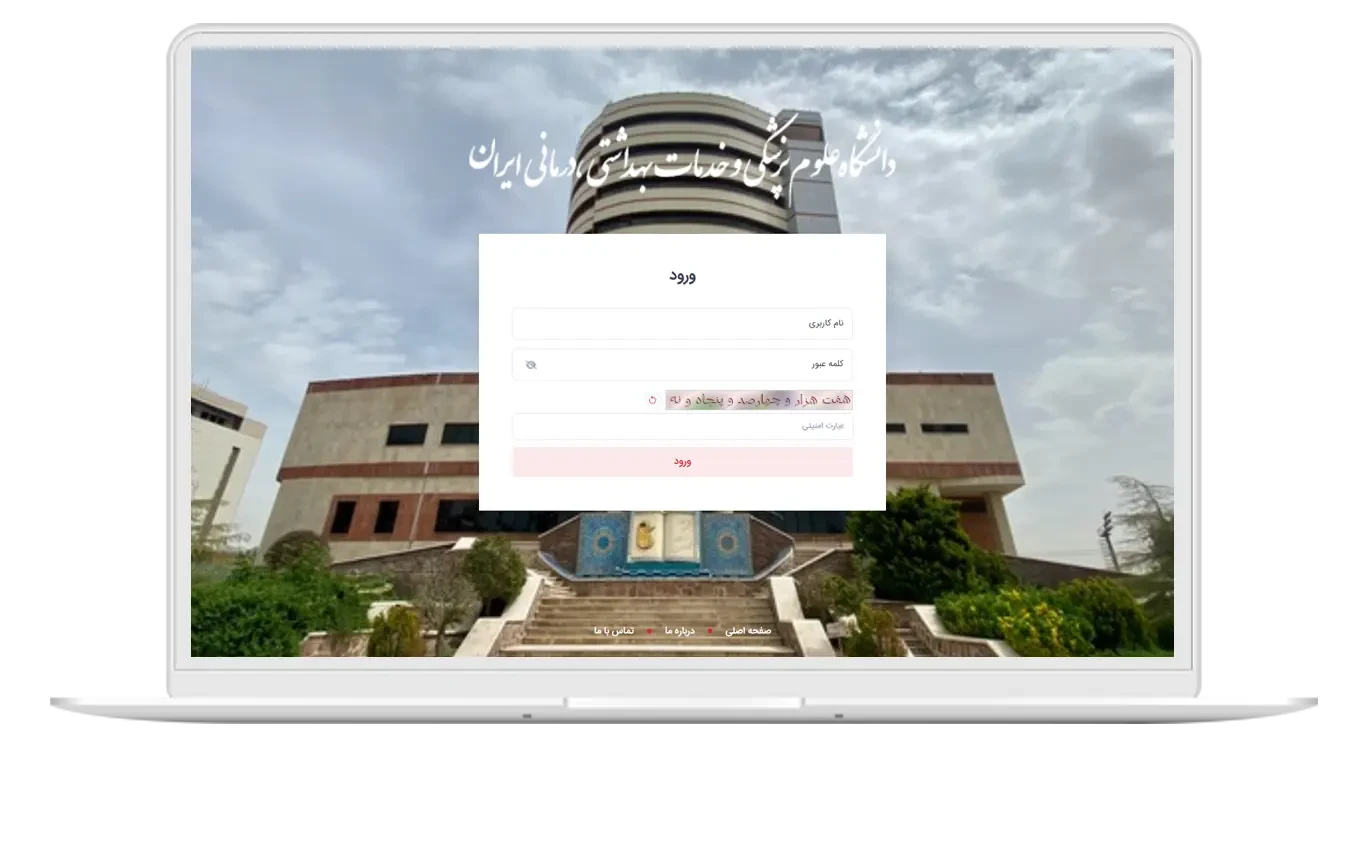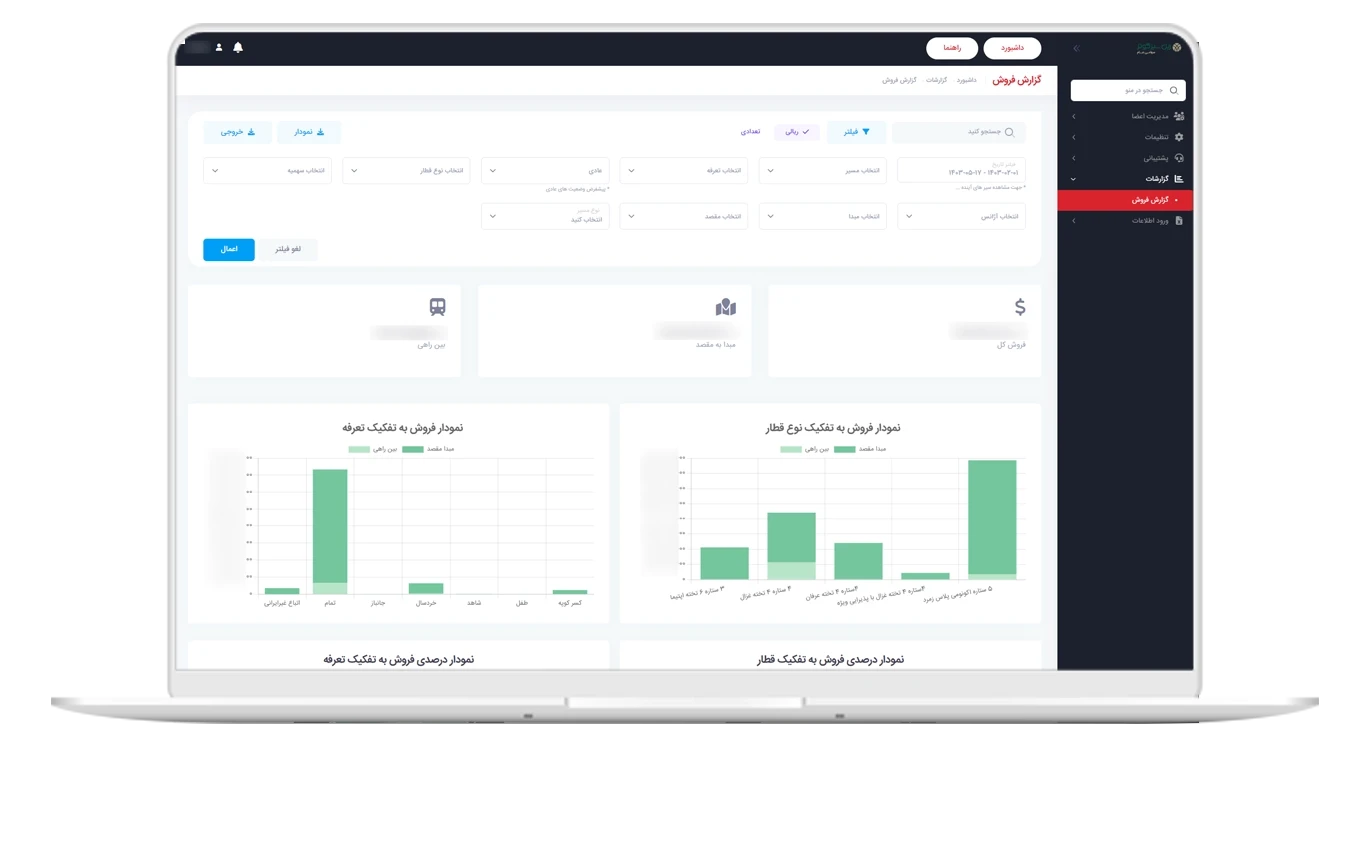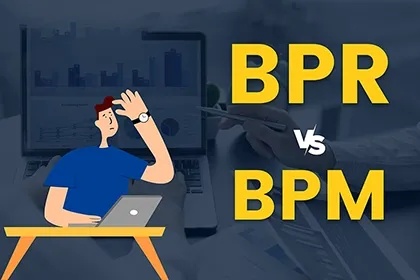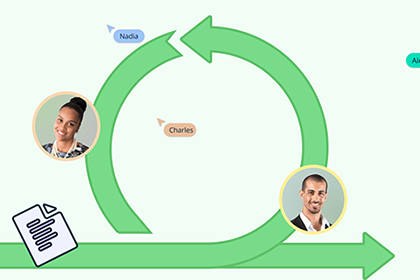BPM Lifecycle or Business Process Management Lifecycle is one of the fundamental concepts in Business Process Management (BPM). This lifecycle illustrates how a process progresses from the stages of identification and analysis, through design, implementation, monitoring, and continuous improvement. A proper understanding of the BPM lifecycle stages is essential for organizational managers, IT experts, and process improvement specialists, as each stage plays a vital role in the ultimate success of BPMS systems.
This article will detail the stages of Analysis, Design, Implementation, and Monitoring in the BPM lifecycle and examine the significance of each part in the digital transformation of organizations.
An Introduction to the Business Process Management Lifecycle
Business Process Management (BPM) is recognized as a systematic approach to analyzing, improving, and automating organizational processes. Its primary goal is to enhance efficiency, improve service quality, and increase customer satisfaction. However, achieving these objectives is not possible without a cohesive and scientific lifecycle. The BPM lifecycle precisely establishes the framework for this path from beginning to end.
This lifecycle typically includes five main stages:
- Analysis
- Design
- Implementation
- Monitoring & Controlling
- Optimization
Each stage of this lifecycle complements the previous stage and serves as a foundation for the next; thus, the output of each phase is considered the input for the subsequent phase and this process continues iteratively.
1. Business Process Analysis
The first stage of the BPM lifecycle is the analysis and documentation of the current processes of the organization. In this stage, the analysis teams gather information from key users, documentation, and existing systems to identify and map the current process (As-Is). The aim of this stage is to gain a comprehensive understanding of how tasks are performed and to identify weaknesses and bottlenecks.
- Identifying the organization's main and sub-processes
- Analyzing the workflow and identifying delays or repetitions
- Reviewing key performance indicators (KPIs)
- Documenting interactions between units
At the end of the analysis stage, a report titled "Current Process Model" is prepared, which will serve as the basis for designing the new process.
2. Designing New Processes
In the design stage, new models (To-Be) are created based on the results of the previous analysis. In this stage, processes are designed to be more efficient, transparent, and capable of more accurate measurement.
The tools of BPMN 2.0 for graphical process modeling are very practical in this phase. Designers must clearly define roles, tasks, decision-making paths, and system interactions.
- Defining roles and responsibilities (RACI Matrix)
- Modeling processes with BPMN
- Drafting business rules and decision-making scenarios
- Preparing technical documentation for implementation in BPMS
A precise process design ensures that in the implementation stage, the system operates unambiguously and efficiently.
3. Implementing Processes
The implementation stage is where the designed model becomes reality. In this stage, processes are executed within a BPMS or other automation tools.
- Configuring processes in the workflow engine
- Defining users and roles
- Integrating with other systems (such as ERP and CRM)
- Initiating process execution and testing actual performance
Successful process implementation requires precise coordination between technology teams, unit managers, and end users.
4. Monitoring & Controlling Processes
One of the key sections of the BPM lifecycle is the monitoring and controlling stage. In this stage, the performance of the processes is evaluated in real-time through management dashboards, analytical reports, and key indicators.
- Monitoring process performance with KPIs
- Analyzing bottlenecks and low-yield activities
- Identifying deviations from scheduling and SLA
- Reporting for strategic decision-making
BPMS tools typically have the capability of providing real-time and visual reports that help managers make better decisions.
5. Continuous Process Improvement
No process is perfect. Therefore, the final stage of the BPM lifecycle focuses on "continuous improvement." The data collected from the monitoring stage serves as input for reanalyzing the processes, and this cycle is dynamically repeated.
- Analyzing performance data to identify weaknesses
- Updating BPMN models
- Increasing the level of automation through modern technologies such as artificial intelligence
Organizations that follow a continuous improvement approach will be at the forefront of digital transformation.
Conclusion
BPM lifecycle provides a comprehensive framework for systematically managing organizational processes. By executing the stages of Analysis, Design, Implementation, and Monitoring, organizations can optimize their processes and achieve higher levels of productivity and agility through Business Process Management (BPM). This lifecycle is the pathway for organizations towards data-driven decision-making, operational transparency, and continuous improvement.
Ultimately, the successful implementation of the BPM lifecycle depends not only on tools but also on the organizational culture, employee training, and management commitment to continuous improvement.
Frequently Asked Questions





